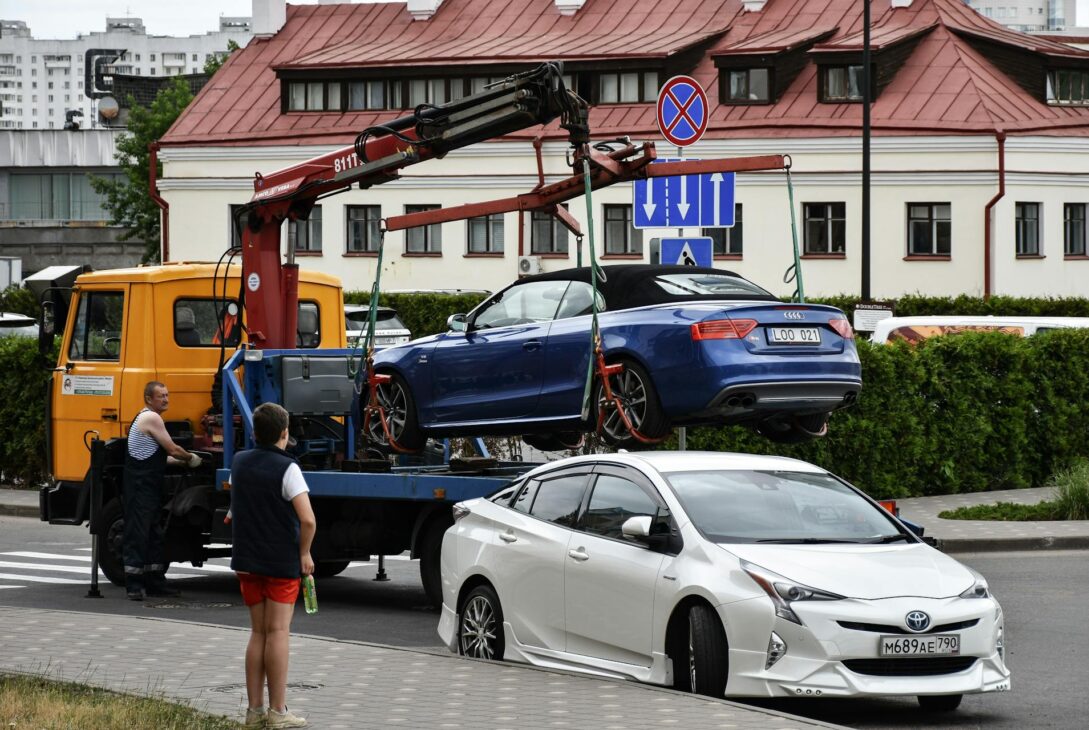Importing a car — especially a JDM (Japanese Domestic Market) vehicle — can be an exciting and rewarding experience. But for first-timers and even experienced car enthusiasts, the process can be full of costly mistakes if you’re not careful. From paperwork to shipping to customs, one small error can result in big delays, extra expenses, or even losing your dream car.
In this blog, we’ll walk you through the top mistakes to avoid when importing a car, so your buying journey is smooth, legal, and cost-effective.
1. Not Understanding Import Regulations
Every country has its own rules for importing cars. For example, in the U.S., most imported cars must be 25 years old to bypass strict emissions and safety standards. If you don’t research the specific regulations for your country, you may face hefty fines or have your car rejected at the border.
✅ Tip: Always check with your country’s transportation and customs authorities before importing.
2. Ignoring the Total Cost of Importing
Many buyers focus only on the car’s price in Japan or the auction site. However, the total import cost includes:
Shipping charges
Customs duties and taxes
Port handling fees
Registration and compliance costs
Broker or agent fees
Ignoring these costs can lead to financial surprises.
✅ Tip: Ask for a detailed cost breakdown before committing to buy.
3. Choosing the Wrong Import Agent or Dealer
Not all car importers are trustworthy. Some may overcharge, deliver low-quality vehicles, or fail to complete legal paperwork. Scams and shady dealers are unfortunately common in this space.
✅ Tip: Work only with licensed and well-reviewed importers or companies with a proven track record.
4. Not Verifying Vehicle History
Some imported cars have hidden accident histories, odometer rollbacks, or mechanical issues. If you don’t check the car’s background, you might end up with a lemon.
✅ Tip: Request a full auction sheet, vehicle inspection report, and chassis number to verify the vehicle’s condition and history.
5. Choosing the Wrong Shipping Method
There are two common shipping methods:
RoRo (Roll-on/Roll-off): Cheaper, but less secure.
Container Shipping: More expensive, but safer, especially for high-value or modified vehicles.
Choosing the wrong one can put your vehicle at risk during transit.
✅ Tip: Use container shipping for expensive or rare cars. RoRo works fine for standard vehicles.
6. Skipping the Pre-Shipment Inspection
In some countries, a pre-shipment inspection (PSI) is mandatory. Skipping this can result in your car being denied entry or delayed at customs.
✅ Tip: Ask your agent if PSI is required and make sure it’s done before shipment.
7. Not Planning for Registration and Compliance
After your car arrives, you may need to modify it to meet local standards (like lights, emissions, etc.). If you don’t plan for this, your car might sit idle for weeks or months.
✅ Tip: Budget time and money for post-arrival inspections, modifications, and registration.
8. Rushing the Process
Importing a car is not a one-week process. If you’re in a hurry, you may overlook important details or fall victim to scams.
✅ Tip: Take your time to research, verify documents, and choose the right partners.
9. Overlooking Insurance
Many people assume their imported car will be easy to insure — it’s not always the case. Some companies don’t cover imported vehicles, or may charge higher premiums.
✅ Tip: Contact your insurance provider before importing to confirm coverage options.
10. Not Having a Backup Plan
Delays, shipping issues, or customs problems can happen. If you’re relying on the imported car for immediate use, you may face inconvenience.
✅ Tip: Always have an alternative vehicle or plan in place during the import process.









